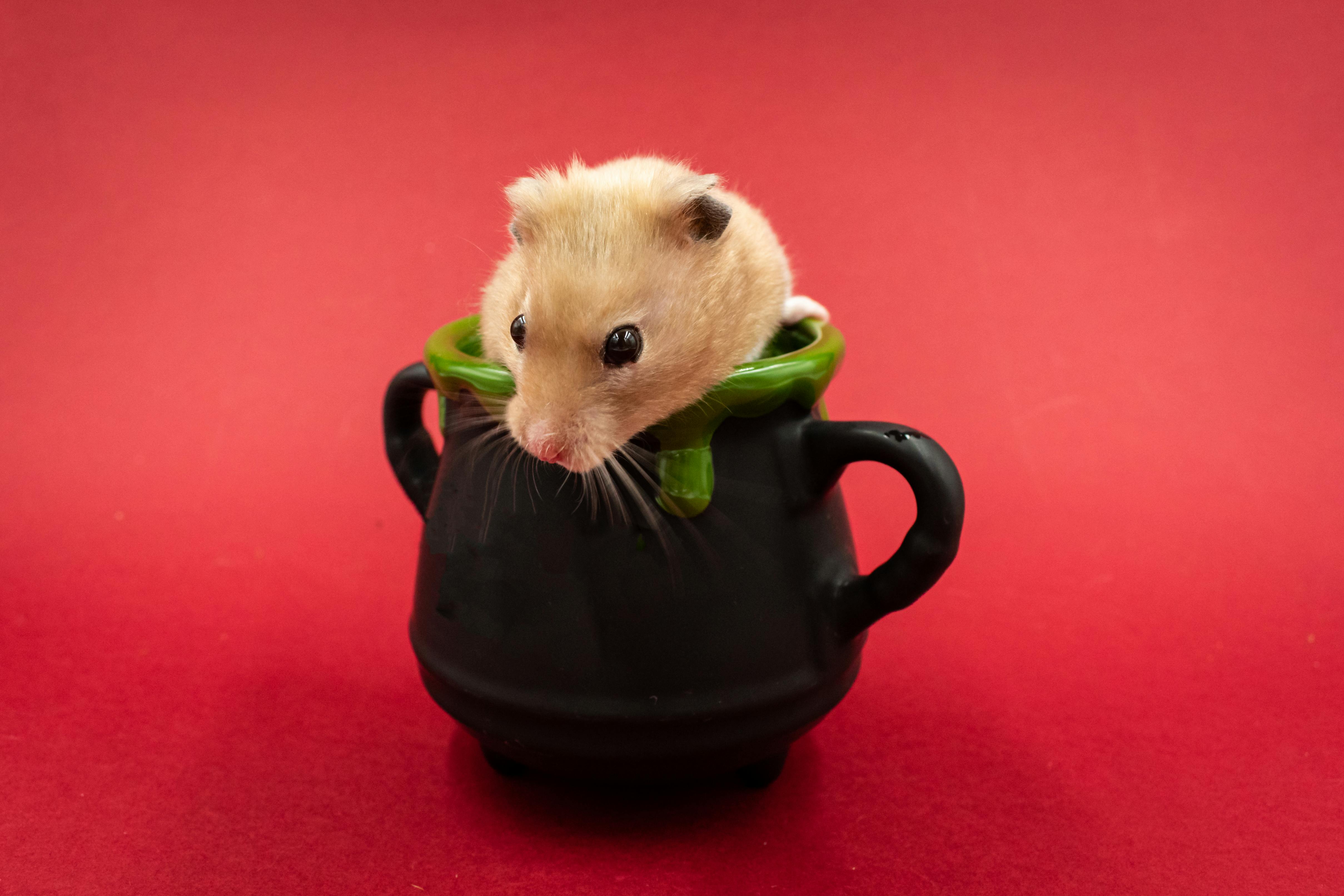Hamster Care Resources
Understanding Your Hamster’s Needs
Caring for a hamster involves understanding their basic needs to ensure a healthy and happy life. Hamsters are small, social creatures that require ample space to play and explore. **Providing** a suitable habitat is key; the cage should be spacious enough to accommodate tunnels, bedding, and toys. Additionally, ensure that they have a proper diet consisting of hamster pellets, fresh fruits, and vegetables. To create an enriching environment, consider adding various accessories such as wheels and climbing structures.

Choosing the Right Cage for Your Hamster
Selecting the appropriate cage for your hamster is essential. It should be well-ventilated, durable, and of adequate size for your hamster breed. For example, Syrian hamsters require at least 24 inches of floor space, whereas dwarf hamsters can thrive in smaller cages. The **cage setup** should include appropriate bedding materials like aspen shavings or paper-based bedding. Avoid cedar or pine shavings as they can be harmful to their health. Also, consider including hiding spots and chew toys to keep your hamster entertained.
Feeding Your Hamster: The Right Diet
A balanced diet is crucial for your hamster’s health. Commercial hamster food provides essential nutrients, but supplementing their diet with fresh fruits and vegetables like carrots and apples is beneficial. However, ensure you introduce new foods gradually to avoid digestive upset. Regularly changing their food and providing fresh water is also necessary to prevent any health complications. **Portion control** is important; avoid overfeeding, which can lead to obesity and related health issues.
Enrichment Activities and Social Interaction
Hamsters are naturally curious animals that thrive on engagement and enrichment. Incorporating playtime and social interaction into your hamster’s daily routine can greatly enhance their quality of life. Activities such as supervised out-of-cage playtime, exploring tunnels, or playing with hamster-safe toys can stimulate their minds. Hamsters are solitary animals, so while they enjoy interaction, it’s essential to monitor their mood and behavior to prevent stress.

Interactive Playtime Ideas
To keep your hamster mentally stimulated, consider introducing interactive toys and puzzles. Items like exercise balls, chew toys, and tunnels can provide opportunities for physical activity and exploration. You can also create obstacle courses using cardboard boxes and tunnels for your hamster to navigate. This not only encourages exercise but also gives them an outlet for their natural instincts. Always supervise your pet during playtime to ensure their safety.
Recognizing Signs of Stress or Illness
Recognizing behavioral changes in your hamster is vital. Signs of stress can include excessive hiding, aggression, or decreased activity levels. Additionally, physical symptoms such as sneezing, lethargy, or loss of appetite could indicate an illness. If you observe these signs, consult with a veterinarian familiar with small animals. Regular check-ups can also preemptively address potential health issues, ensuring your hamster remains in optimal condition.
Creating a Clean and Safe Environment
Maintaining a clean habitat is essential for your hamster’s well-being. **Regular cleaning** of the cage, food dishes, and water bottles prevents the buildup of bacteria. Substrates should be changed weekly, and spot cleaning should be done daily to remove droppings and uneaten food. Additionally, ensure that the cage is free from sharp objects or small spaces where your hamster could get trapped, enhancing their safety and comfort.

Handling and Socializing with Your Hamster
Proper handling is an integral aspect of hamster care. Always approach your hamster gently and allow them to become accustomed to your scent and presence before attempting to hold them. Start by placing your hands in the cage, allowing them to explore you at their pace. When you feel they are comfortable, scoop them up from below to avoid startling them. Regular, gentle handling can help develop a trusting relationship, making your hamster more social and interactive.
Emergency Preparedness and First Aid
Being prepared for emergencies is crucial. Familiarize yourself with common hamster ailments and their symptoms. Having a small first aid kit on hand, including things like antiseptic wipes, styptic powder, and a spare cage, can be beneficial. In case of an emergency, knowing your local veterinarian’s contact information or finding a vet who specializes in small animals can save precious time.
Key Takeaways
- Provide a spacious, enriching environment for your hamster’s health.
- Ensure a balanced diet while introducing new foods gradually.
- Engage in regular playtime and supervise interactions.
- Maintain a clean habitat to prevent health issues.
- Prepare for emergencies by knowing common illnesses and having a basic first aid kit.
FAQ
1. What is the best type of bedding for hamsters?
The best bedding for hamsters is aspen shavings or paper-based bedding, as they are safe and absorb moisture well. Avoid cedar and pine shavings due to harmful oils that can affect your hamster’s respiratory health.
2. Can I feed my hamster fruits and vegetables?
Yes, you can feed your hamster small amounts of fresh fruits and vegetables as a supplement to their diet. However, introduce new foods gradually and in moderation to prevent digestive issues.
3. How often should I clean my hamster’s cage?
Hamster cages should be cleaned at least once a week. Spot cleaning should be done daily to remove droppings and uneaten food to maintain a hygienic environment.
4. How can I tell if my hamster is sick?
Signs of illness in hamsters include lethargy, loss of appetite, sneezing, or unusual behaviors. If you notice any of these signs, it’s essential to consult a veterinarian familiar with small animals.
5. How much interaction does a hamster need?
Hamsters benefit from daily interaction and playtime outside their cage. However, being solitary animals, they may prefer shorter sessions of play and socializing rather than prolonged handling.
6. How do I handle my hamster properly?
To handle your hamster, approach them gently and allow them to sniff your hand. Once they seem comfortable, scoop them up from below to support their body and avoid startling them.
7. What should I do in case of a hamster emergency?
In case of an emergency, calm your hamster and assess their condition. Having a list of local veterinarians who specialize in small animals can help you get timely assistance when needed.
